

Best Time to Plant Young Crepe Myrtles in Oklahoma
Introduction
Crepe myrtles are a favorite in Oklahoma landscapes. Their vibrant blooms bring color and charm to any garden. Timing is crucial for successful planting. This article will guide you on the best time to plant young crepe myrtles in Oklahoma.
And speaking of timing, why not ensure your garden is the best it can be with a Soil Testing Kit? It’ll help you understand your soil’s pH and nutrient levels, giving your crepe myrtles the best start possible!
Summary and Overview
Crepe myrtles, or Lagerstroemia indica, come in many varieties and colors. They can grow as shrubs or small trees, adding versatility to your garden. These plants thrive in Oklahoma’s warm climate, making them a popular choice.
Understanding the ideal climate conditions for crepe myrtles is essential. They prefer well-drained soil and full sunlight. Planting at the right time can help avoid frost damage. Knowing local frost dates and soil temperatures is vital for success. This guide will also cover planting practices, care tips, and common issues with crepe myrtles.
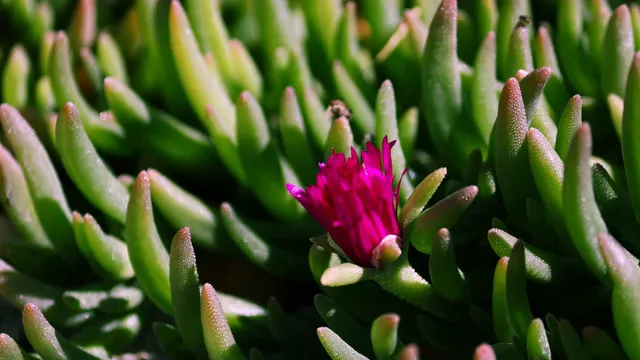
Understanding Crepe Myrtles
What are Crepe Myrtles?
Crepe myrtles are stunning ornamental trees and flowering shrubs. They offer a range of colors, including white, pink, purple, and red. Some varieties grow up to 30 feet tall, while dwarf types stay under 3 feet. Their growth habit is bushy, making them perfect for hedges or focal points.
Crepe myrtles bloom from early summer to fall, with flowering durations lasting 90 to 120 days. They thrive in full sun, which boosts their vibrant blooms. With low maintenance needs, these hardy plants can withstand drought once established.
When selecting a variety, consider your landscape’s needs. Choose based on size, color, and growth rate to ensure a beautiful addition to your garden. And if you’re looking to learn more about flowering plants, check out the Flowering Plants Guidebook for expert tips!
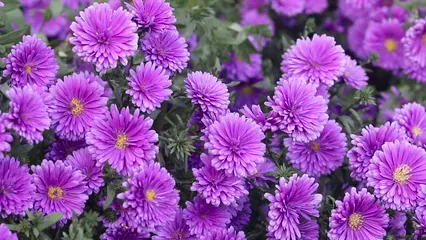
Best Planting Time in Oklahoma
Importance of Timing
Timing is essential when planting crepe myrtles. Planting too early can expose young plants to late frosts. This can damage tender new growth and stunt development. Conversely, planting too late may not allow roots to establish before winter. In Oklahoma, the average last frost date typically falls between late April and early May. Soil temperature plays a significant role too; it should ideally be between 65°F to 70°F for optimal growth. If the soil is too cold, root development slows. Therefore, understanding local weather conditions and frost dates is vital for successful planting. Check local resources to get specific frost dates for your area, ensuring your young crepe myrtles thrive.
And while you’re at it, make sure your plants have the best nutrients. A bag of Organic Compost will enrich your soil and help your crepe myrtles grow strong and healthy!
Ideal Planting Months
In Oklahoma, spring and fall are the best times for planting crepe myrtles. Spring planting usually occurs from mid-April to early June. This period allows young plants to take advantage of warm soil and longer days, promoting growth. Fall planting can be done from late August to early October, giving plants a chance to establish roots before winter. During these months, soil temperatures remain conducive to root development. Avoid planting during extreme heat in summer, as this can stress young plants. For tailored advice, consider checking with local agricultural extensions, which provide guidance on ideal planting months specific to your region.
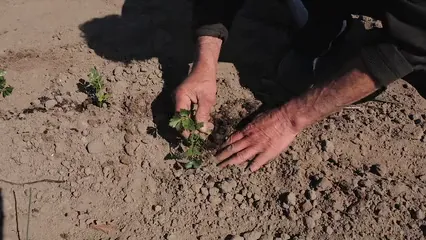
Preparing to Plant Crepe Myrtles
Site Selection
Choosing the right site for your crepe myrtle is crucial. These plants thrive in full sun, needing at least six hours of direct sunlight daily. Consider locations away from large trees or structures that may cast shade. Good soil drainage is also essential; crepe myrtles do not like “wet feet.” Observe the soil type, as well-draining loamy soil will support healthy growth. Evaluate your garden layout to ensure enough space for the mature size of the plant. If you have a compact space, consider smaller varieties. Assessing these factors will help you create the ideal environment for your new crepe myrtles.
Soil Preparation
Preparing the soil is crucial for your young crepe myrtles. Start by testing your soil to understand its pH and nutrient levels. A balanced pH of 6.0 to 6.5 is ideal for crepe myrtles. You can use a home soil testing kit or send a sample to a local extension service for analysis. This step will guide your amendments.
Based on the test results, consider adding organic matter. Compost enriches the soil, promoting healthy root growth. If your soil is clay-heavy, mixing in sand can improve drainage. Good drainage is essential since crepe myrtles dislike soggy roots.
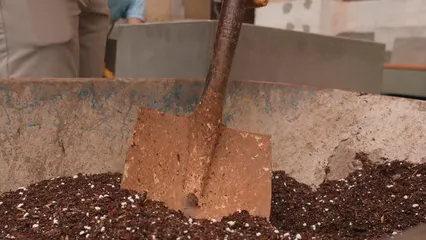
If your soil lacks nutrients, consider adding a Slow-Release Fertilizer for Trees and Shrubs. This will provide essential nutrients for healthy growth.
For optimal growth conditions, ensure the soil is well-aerated and loose. A well-prepared planting medium will set the stage for your young crepe myrtles to thrive. Don’t forget to conduct a soil test to tailor your soil preparation for your specific garden!
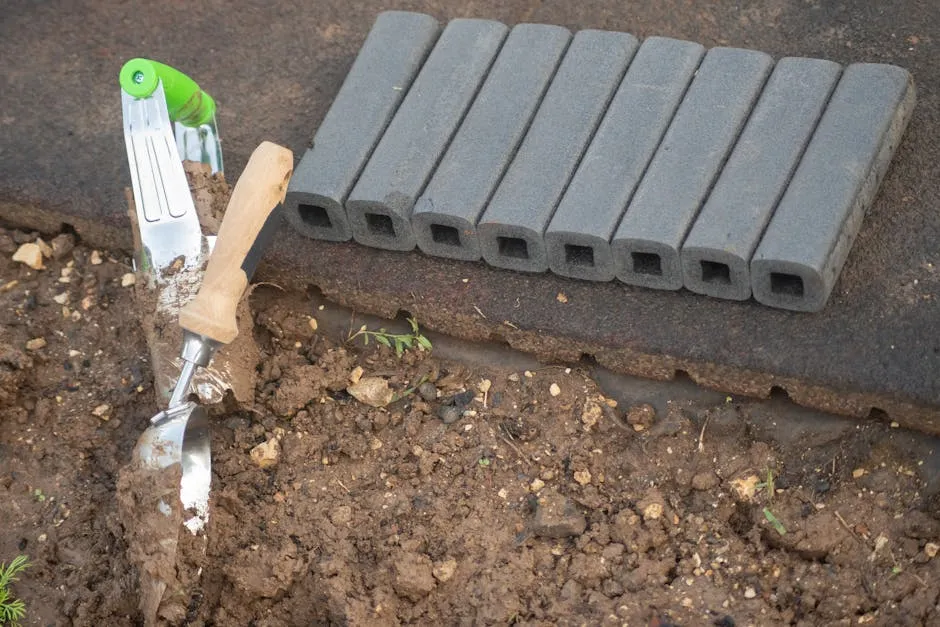
Planting Techniques
Step-by-Step Planting Guide
Planting young crepe myrtles requires a few simple steps. Start by choosing a sunny spot. Crepe myrtles thrive in full sun, needing at least six hours of direct sunlight daily.
Next, dig a hole that is two to three times wider than the root ball. This allows roots to spread easily. Make sure the hole is no deeper than the root ball itself; the top of the root ball should be level with the surrounding soil.
Place the crepe myrtle in the hole, ensuring the roots are spread out. Backfill with soil, gently tamping it down to remove air pockets. Water thoroughly after planting. This helps settle the soil around the roots.

After planting, apply a layer of mulch around the base. Aim for two to three inches. Mulch retains moisture and suppresses weeds, creating a better environment for growth. For more information on effective mulching techniques, refer to our mulching guide garden.
For effective mulching techniques, check out our mulching guide garden.
Finally, establish a watering schedule. Watering cans are perfect for this! Water newly planted crepe myrtles twice a week for the first few months. This will help them adjust to their new home.
Following these steps carefully will ensure your crepe myrtles develop strong roots and healthy growth!

Common Mistakes to Avoid
Planting young crepe myrtles can be rewarding, but common mistakes can hinder their success. One frequent error is overwatering. While these plants enjoy moisture, soggy soil can lead to root rot. Always check the soil moisture before watering. If it feels damp, hold off on adding more water.
Another common mistake is choosing poor locations. Crepe myrtles thrive in full sun, so avoid shaded spots. Planting near large trees or buildings can restrict sunlight, affecting growth and blooms. Aim for at least six hours of direct sunlight daily.
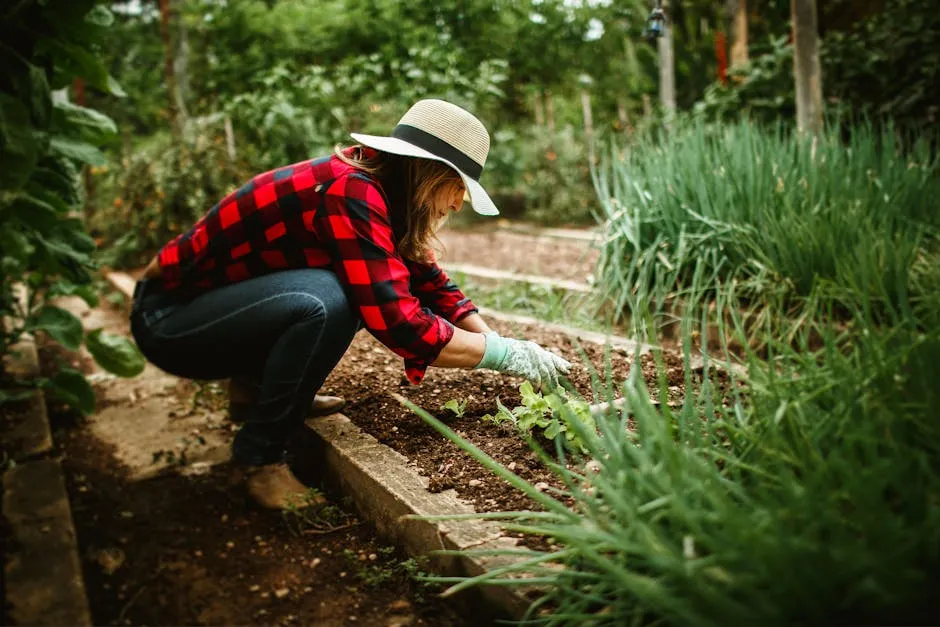
Neglecting soil quality is also an issue. Test your soil to ensure it drains well and has the right nutrients. Poor soil can stunt growth and lead to health problems. If you’re unsure about any steps, consider consulting gardening experts for tailored advice. They can help you avoid these pitfalls and ensure your crepe myrtles flourish.
Caring for Newly Planted Crepe Myrtles
Watering and Maintenance
After planting, watering your crepe myrtles is crucial for their establishment. During the first few months, provide deep watering once or twice a week. This encourages roots to grow deep into the soil. In hot conditions, increase the frequency to maintain moisture levels.
Mulching is another essential practice. Apply a two to three-inch layer of mulch around the base. This helps retain moisture, regulate soil temperature, and suppress weeds. Remember to keep the mulch away from the trunk to prevent rot.
Fertilization also plays a key role in plant health. Use a balanced, outdoor plant fertilizer in spring, following package instructions. This will provide the necessary nutrients for robust growth and vibrant blooms. To ensure consistent care, set reminders or schedules for watering and fertilization. Keeping a routine will help your young crepe myrtles thrive as they grow.

Troubleshooting Common Problems
Caring for young crepe myrtles can be rewarding but not without challenges. Pests and diseases may threaten their health. Here are some common issues and how to tackle them effectively.
Pest Management
Aphids are one of the most frequent pests. They suck sap from leaves, leading to yellowing and wilting. You can manage them using insecticidal soap or neem oil. Regular inspections help catch infestations early.
Another pest to watch for is spider mites. These tiny creatures can cause leaf discoloration and webbing. Increase humidity around your plant and use a strong jet of water to dislodge them. An insecticidal spray can be effective for severe cases.
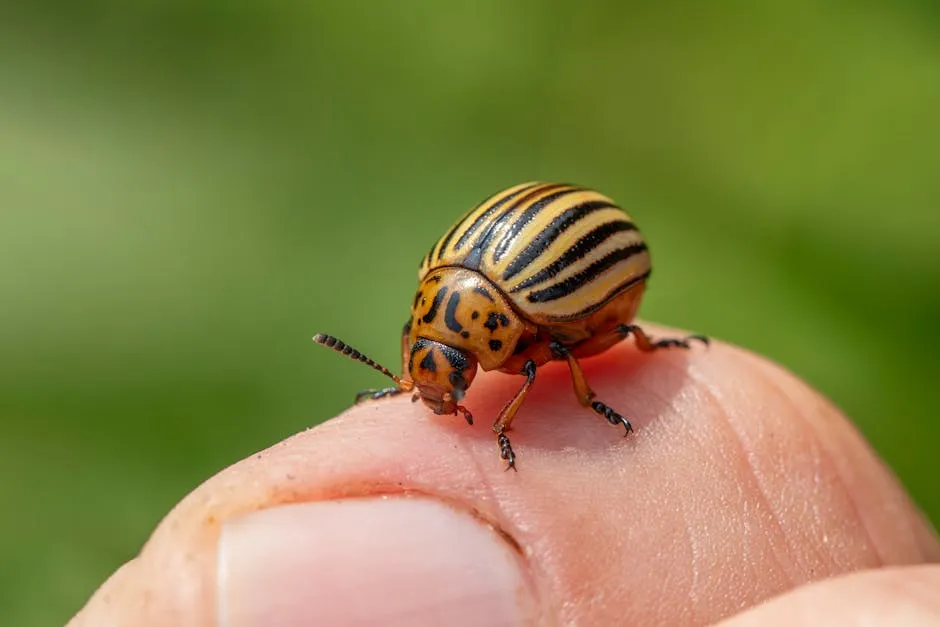
Disease Signs
Powdery mildew is a common fungal disease affecting crepe myrtles. Look for a white powdery coating on leaves. To prevent this, ensure good air circulation and avoid overhead watering. For treatment, apply a fungicide at the first sign.
Leaf spot is another issue. It appears as dark brown spots on leaves, which may turn yellow and fall off. Remove affected leaves and apply a fungicide to prevent its spread.

Preventative Measures
To maintain plant health, practice good watering habits. Water at the base of the plant to keep leaves dry. Adding mulch can help regulate soil moisture and temperature. If problems persist or worsen, consider seeking professional help. Don’t hesitate to reach out for expert advice on severe issues.
Conclusion
Timing and proper care are vital for planting crepe myrtles in Oklahoma. By understanding the best times and methods, you can successfully grow these beautiful plants. Apply what you’ve learned and watch your garden flourish.
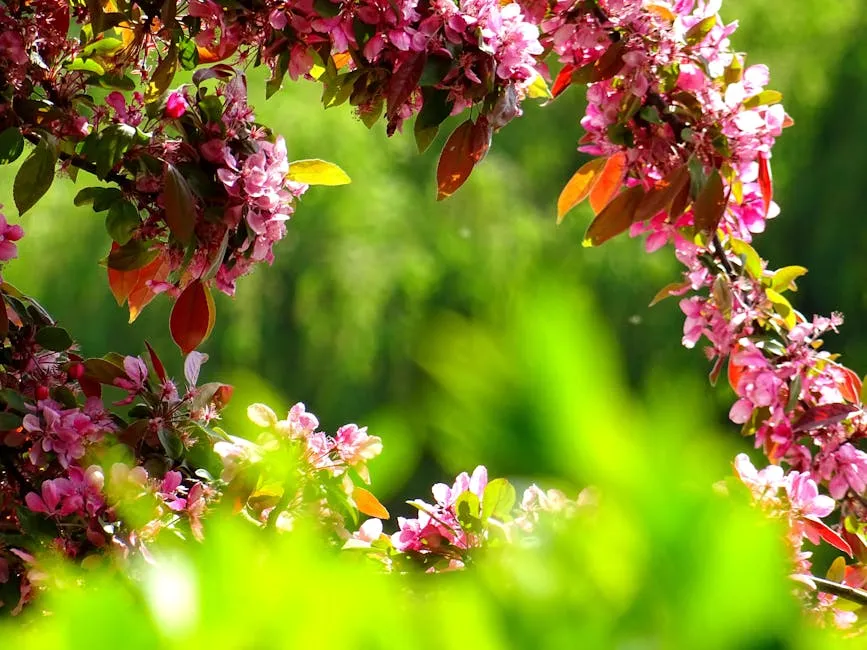
We’d love to hear about your experiences! Feel free to share your planting stories or ask questions in the comments below.
Please let us know what you think about our content by leaving a comment down below!
Thank you for reading till here 🙂
All images from Pexels



